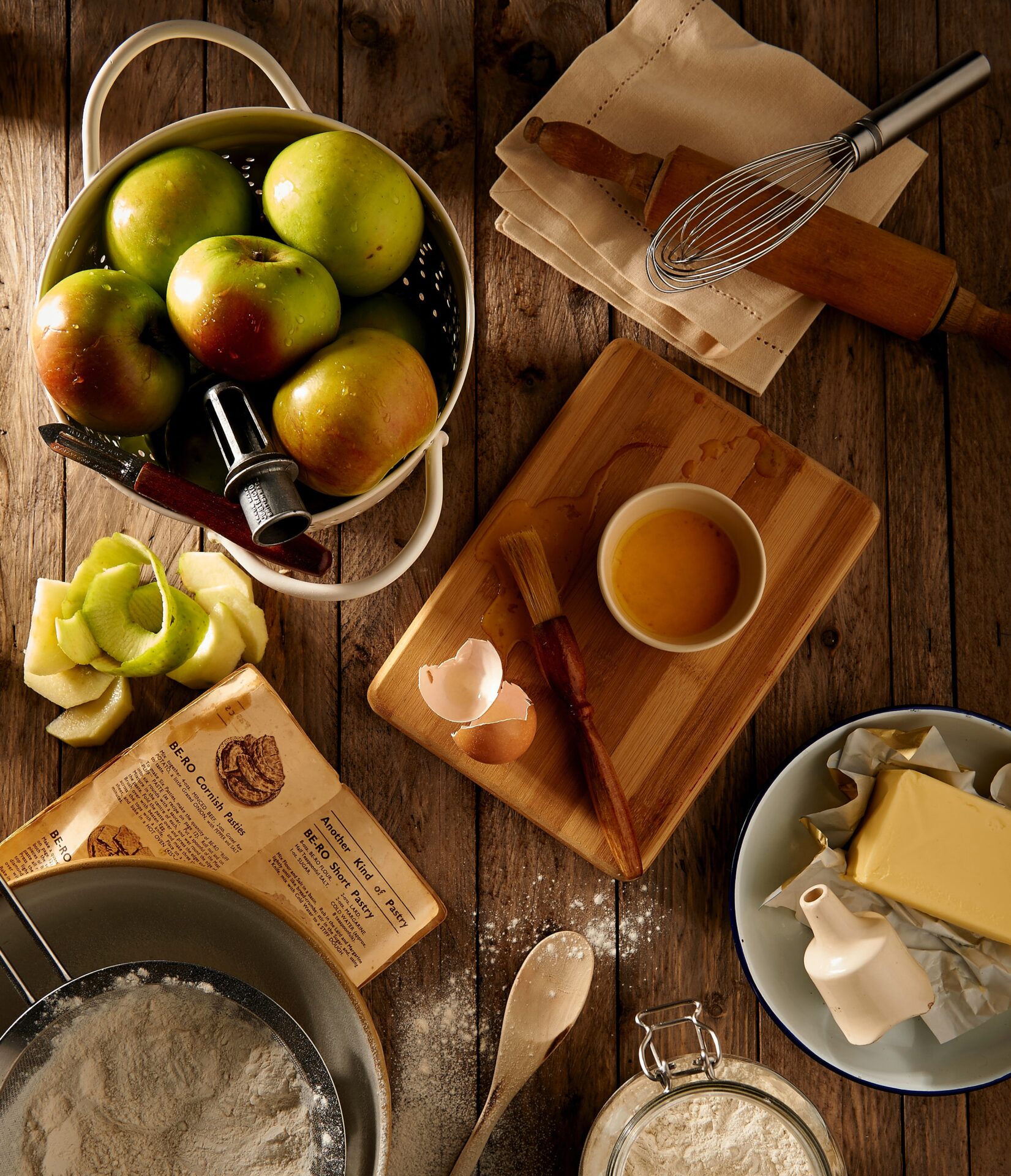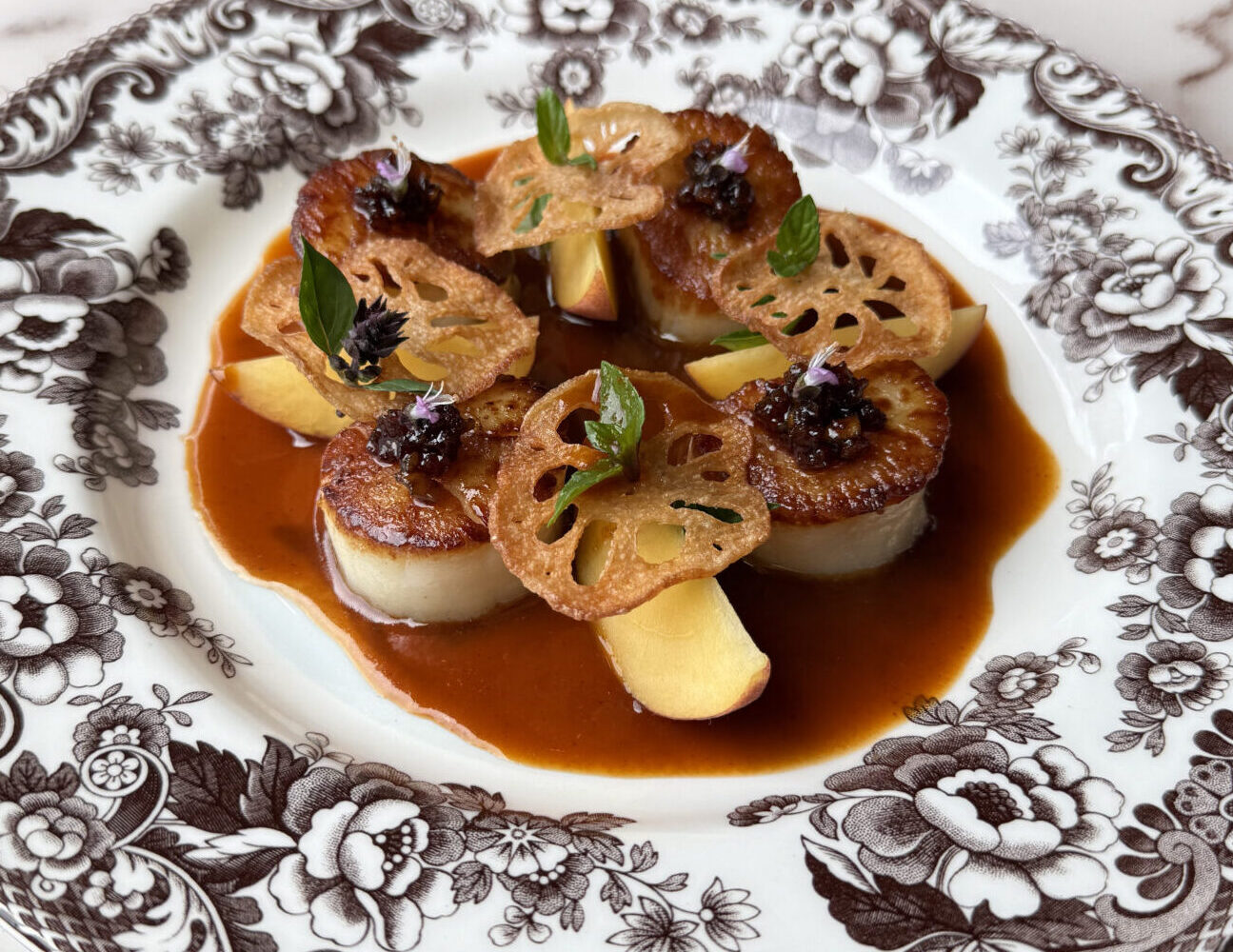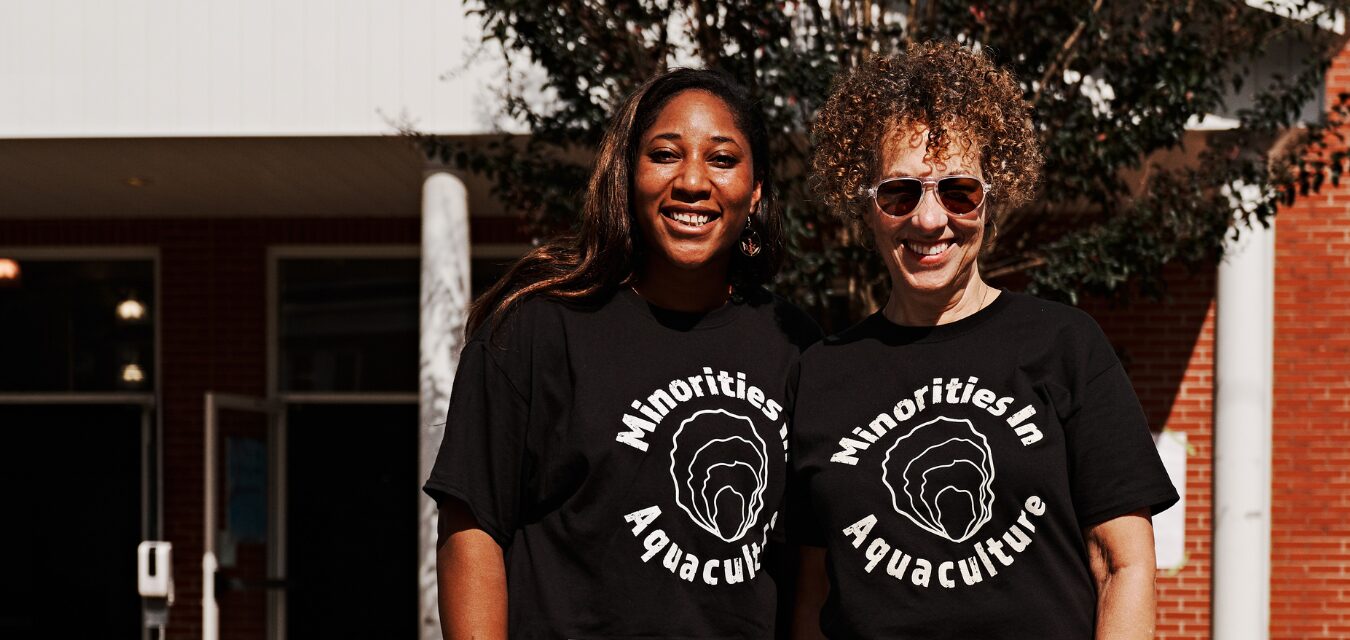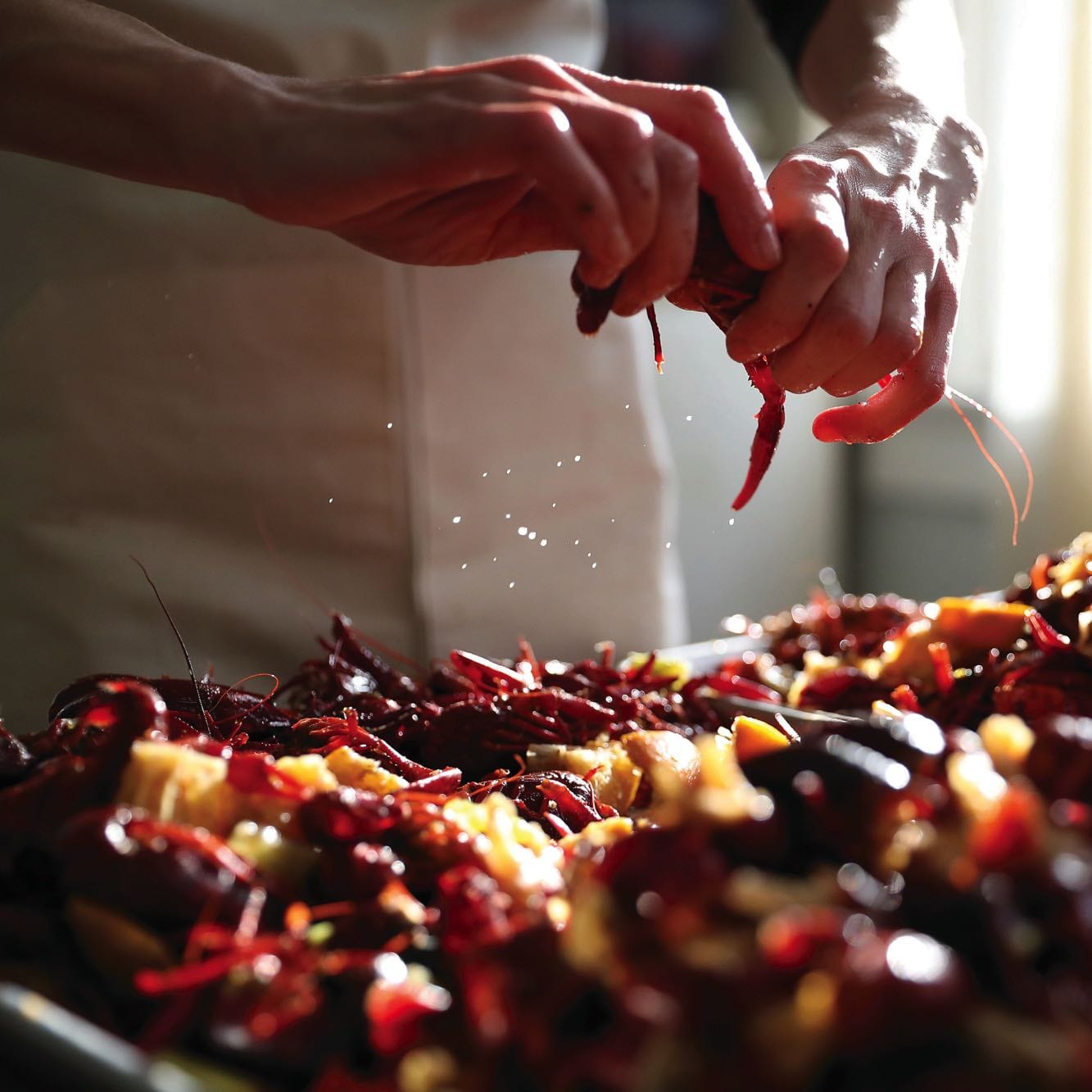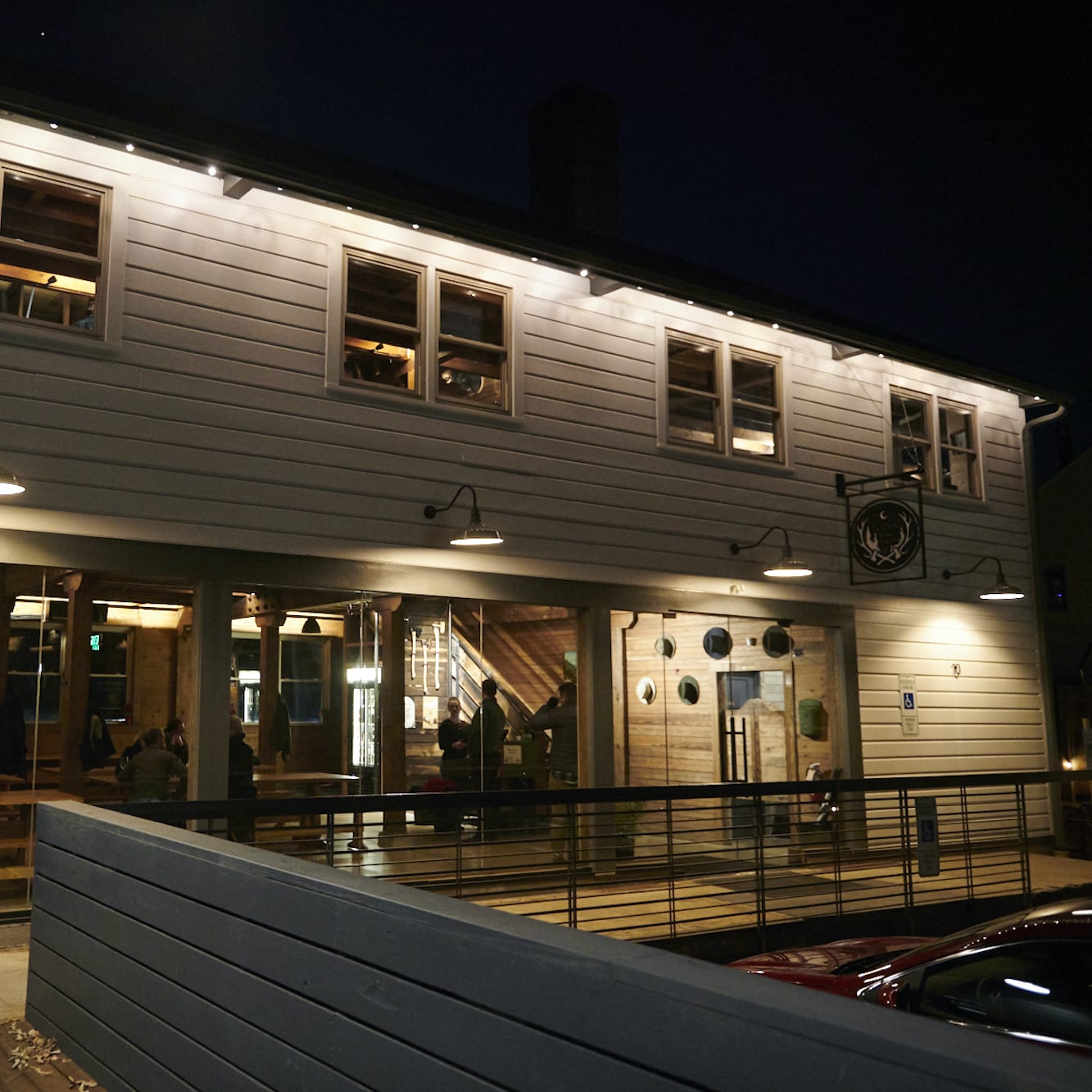How one Alabama family is cultivating a new legacy through lotus roots
In the heart of Alabama’s agriculturally rich Black Belt region, where catfish ponds once dominated the landscape, an unexpected revolution has taken root. Lotus flowers bloom each summer, rising majestically above the water—their circular leaves perfectly smooth and round, their petals ranging from the purest white to yellow to the deepest red. The Bancroft family’s journey from tilapia farming to becoming one of America’s premier lotus cultivators is a tale of innovation, adaptability, and unexpected opportunity.

Laura Bancroft, a retired educator with a spark of entrepreneurial spirit (and mother to chef David Bancroft of ACRE and Bow & Arrow restaurants in Auburn), never imagined she’d become a lotus pioneer. The transformation began when her son Bill, armed with degrees in horticulture and information systems from Auburn University, received an intriguing offer from a Dutch company seeking to grow ornamental lotus in greenhouses, what became known as the Auburn Lotus Project. The idea of the project had been to create a dual-crop system, in conjunction with catfish farming, to create an additional source of income for farmers in this region of the state. When the three graduate students running the program graduated and Auburn University’s lotus research project concluded, they were prepared to discard their collection of lotus rhizomes. Instead, they offered them to the Bancrofts—a gift that would change everything.
“We received about 25 varieties,” Laura recalls, her eyes lighting up with the memory. “It was also at that point that Bill went back to medical school and I took over running the nursery.” The family’s previously dormant tilapia farm, once a symbol of agricultural tradition, became the perfect canvas for their new venture. The interconnected ponds, meticulously designed by Laura’s father, JP Kennedy, could be easily drained and refilled—an ideal environment for lotus cultivation. “The climate here is just perfect for lotus,” David notes. “The temperatures, humidity—all of it.” What began as an experimental project soon blossomed into a multifaceted business.
The Bancrofts knew their lotus had unexpected commercial potential beyond ornamental gardening. A biochemical firm approached them, interested in the plant’s biomass for skincare products. Suddenly, their lotus was being used by major brands like Neutrogena, Aveeno, Coppertone, and Fresh, a luxury brand under the LVMH umbrella. “In most parts of the world, when you say ‘lotus,’ people think of food,” Laura explains. While the United States has yet to fully embrace lotus as a culinary staple, in countries like China, it’s as fundamental as potatoes are to Americans. A well-managed acre can produce an astounding 26 tons of edible product.
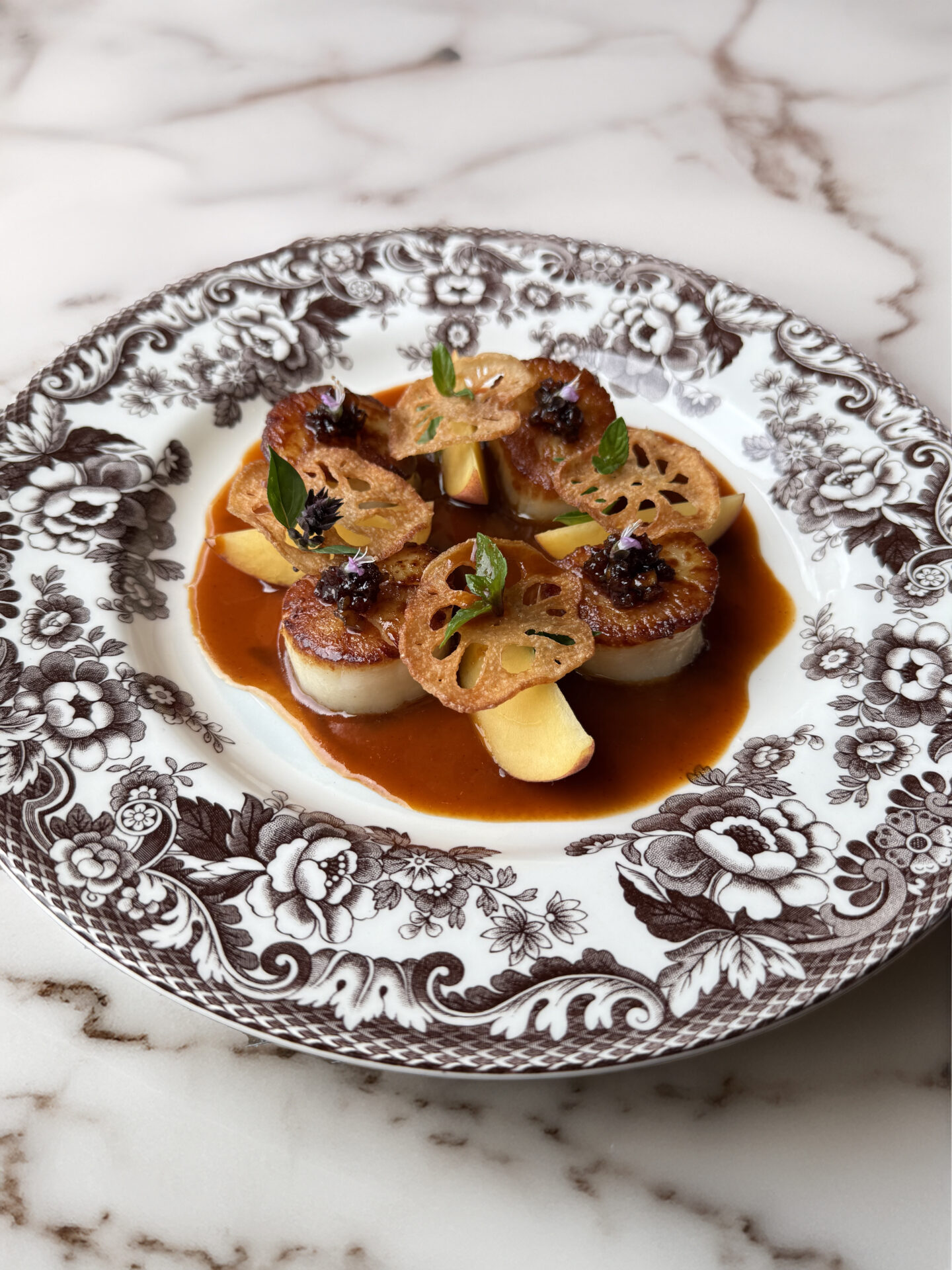
In the kitchen, David has experimented with the roots, showcasing them on the ACRE menu from time to time, creating a full circle pond-to-plate moment in the life of the plants his mother raises. “I confess I am still learning about all the ways we can use the edible lotus,” David says. “I use it for crunch in some broth-based dishes, instead of a water chestnut. I’ve also taken some of our pepper mash and made lotus kimchi. Lotus chips are another great use but I know there is so much more we can do.” He adds that his other brother, Ben, is interested in using the lotus root to make an alcoholic spirit, like vodka. “Mom would love it if we could figure that out,” he adds with a laugh.
The farm now boasts more than 400 varieties of lotus, both ornamental and edible. Their collection includes the prized Hubei #3 variety, a favorite in China. During harvest season, they employ up to 30 workers, transforming the ponds into a hive of activity. Laura, now 73, approaches lotus farming with the same passion she once brought to teaching. “They are such miraculous plants,” she says. “They’re very easy to grow, and even the leaves are spectacularly beautiful.” Her knowledge spans from the plant’s cultural significance in Buddhism and Hinduism to its potential health benefits, including its ability to lower blood pressure and provide antioxidants.
The lotus’s unique characteristics fascinate her. Its leaf surface, for instance, has an extraordinary property that allows water and dust to simply roll off, a feature that has attracted scientific research for potential applications in everything from car windows to The Ten Mile Creek Farm operation serves a diverse market—from individual gardeners to wholesale nurseries, and from biochemical companies to potential culinary innovators. The Bancrofts see tremendous untapped potential, especially with the growing vegan and health-conscious population in the United States. Lotus roots can be ground into a flour that is naturally gluten-free. “It could be a huge market,” Laura suggests, adding, “if marketed by someone with more energy than me.”
Their journey represents more than just agricultural diversification. It’s a testament to family collaboration and the ability to see opportunity where others might see only abandoned fishponds. From the research halls of Auburn University to the global skincare market, from traditional Asian cuisine to emerging American wellness trends, these remarkable plants continue to bloom with possibility.
keep reading
In the Field
10 Southern Innovators Changing the Game
These 10 innovators are taking action to tackle big food-focused issues around the Southeast and working hard to change the game.
In the Field
8 Stories of Women Shaping Southern Food
From thought-provoking authors to pioneering chefs to impactful organizers, we’ve gathered some of our most loved female-focused stories.
In the Field
A Forestry Camp Grows in Asheville
In a historic woodland setting in the shadow of the Blue Ridge Mountains, Burial Beer Company’s sprawling new digs tell the story of the community who helped to shape it, past and present.
share
trending content
-
FINAL Vote for Your Favorite 2025 Southern Culinary Town
-
Get To Know Roanoke, Virginia
-
Shrimp and Grits: A History
by Erin Byers Murray -
New Myrtle Beach Restaurants Making Waves
-
FINAL VOTING for Your Favorite Southern Culinary Town
More From In the Field
-
A Cajun Christmas Menu
-
Nina Compton’s Caribbean-Inspired Christmas Feast
-
Celebrate Moments with Biltmore


